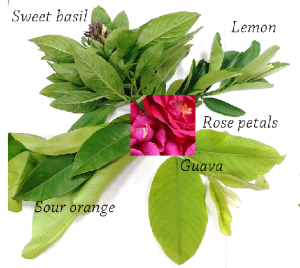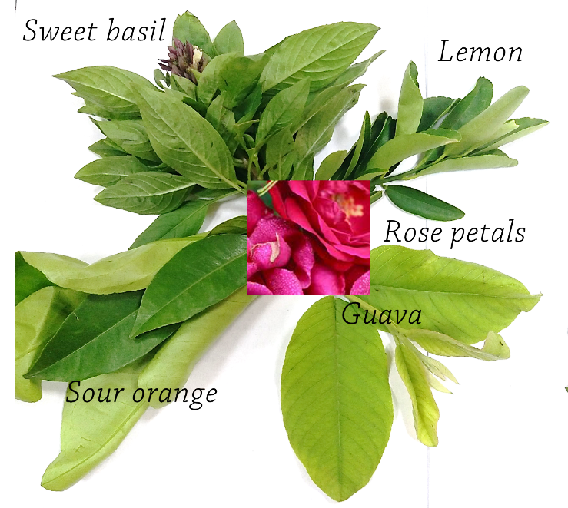Understanding the Flu and the Common Cold
Are you struggling to differentiate between the flu and a common cold? Though both are respiratory infections, they have distinct characteristics:
- Flu (Influenza): Caused by the influenza virus, the flu comes on suddenly and is marked by severe symptoms like fever, body aches, and a persistent cough. It can lead to serious complications, especially in vulnerable populations.
- Common Cold: This milder infection, caused by various viruses, features symptoms such as a runny nose, sneezing, and a sore throat. Cold symptoms develop gradually and are less intense compared to the flu.
Symptoms, seasonality, onset and duration, seasonality and treatment of flue and common Cold:
Symptoms
- Flu: Fever, chills, muscle aches, headache, sore throat, cough, fatigue.
- Cold: Runny nose, sneezing, red eyes, sore throat, cough, headache, body aches.
Onset & Duration:
- Flu: Sudden onset; symptoms last about five days, though cough and weakness may persist.
- Cold: Gradual onset; typically lasts 1-2 weeks.
Seasonality
- Flu: Fever, chills, muscle aches, headache, sore throat, cough, fatigue.
- Cold: Runny nose, sneezing, red eyes, sore throat, cough, headache, body aches.
Treatment
- Cold: No specific prescription; symptomatic treatment is usually sufficient.
- Flu: Antiviral medications like Tamiflu may be prescribed if taken within 48 hours of symptom onset.
Natural remedies of common cold and flue: healing with green Leaves
For those seeking natural relief, a therapeutic green tea made from a blend of medicinal plant leaves can offer soothing benefits. This homemade remedy combines the healing properties of:
- Sweet Basil (Ocimum basilicum): Rich in essential oils such as eugenol and linalool, sweet basil possesses anti-inflammatory, antimicrobial, and antioxidant properties that help alleviate respiratory inflammation and support immune health.
- Lemon (Citrus limon): Lemon leaves are loaded with flavonoids and vitamin C. vitamin C boosts the immune system by enhancing the function of immune cells, while flavonoids provide additional antioxidant benefits.
- Guava (Psidium guajava): Guava leaves are packed with polyphenols, flavonoids, and tannins, which offer antimicrobial and anti-inflammatory effects. These properties help soothe the throat and ease coughs.
- Sour Orange (Citrus aurantium): Known for its decongestant effects due to synephrine, sour orange also contains vitamin C, which further supports immune function.
- Rose Petals (Rosa spp.): Rose petals add a pleasant aroma and mild astringent properties. They contain phenolic compounds and antioxidants that help soothe sore throats.

How to Prepare and Use the Herbal Tea
- Boil water and add a handful of fresh or dried leaves from sweet basil (main ingredient), lemon, guava, sour orange, and rose petals.
- Steep the mixture for about 5–7 minutes to extract the active compounds.
- Strain the tea and enjoy it warm.
Dosage: Drink this herbal green tea 3 to 4 times a day at the onset of flu or cold symptoms. The combined effects of the bioactive compounds may help alleviate sore throat, congestion, and general malaise.
Scientific Basis and Considerations
The phytochemicals in these plants work synergistically to modulate immune responses, reduce inflammation, and provide antimicrobial action. While traditional medicine has long utilized these remedies, their efficacy can vary among individuals. Further clinical studies are needed to fully validate their effectiveness in treating viral respiratory infections.
Embrace the natural healing power of these green leaves and see if they provide the relief you need this season.


Leave a Reply